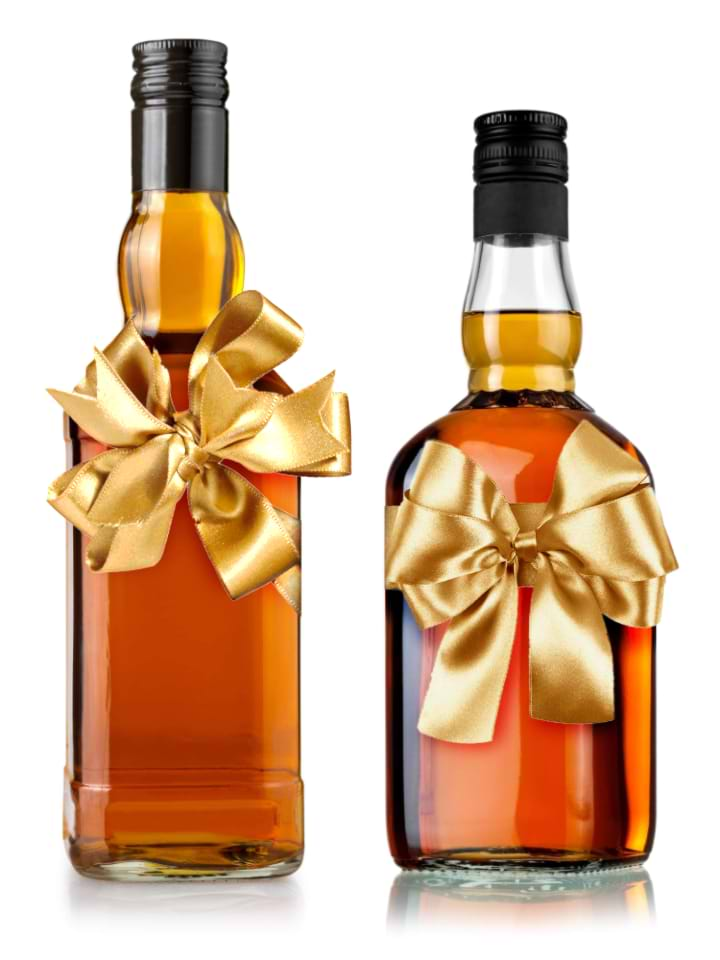
The whiskey world is about to get more interesting if modern distillers have anything to say about it. While crafting whiskey is a tried-and-true process that leaves little room for experimentation, distillers are often tasked with keeping consumers guessing for what comes next. Blame it on the instant gratification world we live in today. While the saying “if it ain’t broke don’t fix it” can certainly apply to whiskey, perhaps bending the rules will inspire new ways of enjoying your favorite spirit. Here are some of the innovative ways distillers all over the world are expanding whiskey into new categories.
Experimenting with the barley
Suffice it to say every whiskey includes some combination of grains: corn, barley, rye and wheat. While water is one of the main ingredients, the grains are a close second. It goes without saying that by experimenting with the grain, you’ll get a different type of whiskey. That’s how we have rye whiskey, bourbon, scotch, etc. For the most part, however, not many distillers have been willing to experiment with the barley.
“The entire Scotch whisky industry, with a few notable exceptions, uses the same single varietal of barley,” Matt Hofman, Master Distiller for Westland Distillery in Seattle, Washington tells Food & Wine. As a result, Hofman and his team are working with botanists to grow new varietals of barley along with sourcing local malt and utilizing different levels of roast (done often in beer making but not whiskey). “It develops flavors that range from light nuttiness and biscuit to chocolate, tobacco, hazelnut, etc.,” he says. “Brewers have been using roasted malts for centuries. Yet in the world of Scotch, there have only been three singular examples of roasted malts over the course of hundreds of years of whisky-making.”
Aging the whiskey in wine casks
Again, there are specific requirements for aging whiskey, depending on the type, but that doesn’t mean distillers can’t get crafty. Before he started crafting whiskey, Lee Medoff, Head Distiller and Founder of Bull Run Distillery, got the chance to learn from a friend who was working in a winery in France. He says what he found interesting was their use of oak to age the wine became more of an accompaniment to the fruit. “It enhanced the product and added more layers to the wine,” he says. “It made it more soft, round, subtle and complex.” As a result Medoff says it taught him the importance of the barrels and what the wood can do. “That started a lot of things off for us when it comes to finishing.” Bull Run is now experimenting with aging their whiskey in different types of barrels including cognac barrels, Madeira barrels and Pinot Noir barrels. “What that does is creates a super unique product. The whiskey is completely different by using new and unique barrels,” Medoff explained.
Infusing whiskey with apples
Across the pond in Ireland, the whiskey there is Irish to the core. And it’s that proud heritage that has inspired the latest innovation: apples and whiskey. Ireland used to be one of the biggest apple producers in the world. Tullamore D.E.W. — a brand with nearly two centuries of history —created Tullamore’s Cider Cask whiskey to combine the best of both worlds. “We press Irish apples and season our whiskey casks with apple juice,” explains Tim Herlihy, brand ambassador. “The barrel is seasoned for three months before we then remove the cider, and finish our Irish whiskey in cider seasoned barrels for three more months.” The infusion results in a bright and slightly tart flavor. “Cider has always paired well with the green apple notes of our whiskey,” he added.
The fine line with innovation is to not stray too far from the original. And it’s important that whiskey (or whisky) is still recognized for the flavorful brown spirit we all know and love. “I’m all for experimenting,” says McCallum, “but I’m 100% adamant that when you buy a product it should be what you expect in the bottle. In fact, it should be better than you expect. Because we only change things when we think we can make it better.” If the recent experimenting is any indication for the future of whiskey, then we can all look forward to next level flavors.
Want an easy way to experiment with unique types of craft whiskey? Look no further than RackHouse Whiskey Club. RackHouse scours the U.S. looking for the best distilleries with the most interesting stories to curate a unique subscription box filled with full-sized bottles of hard-to-find small batch whiskey. We’re building a community of premium craft whiskey drinkers, and you’re invited. Join us!








